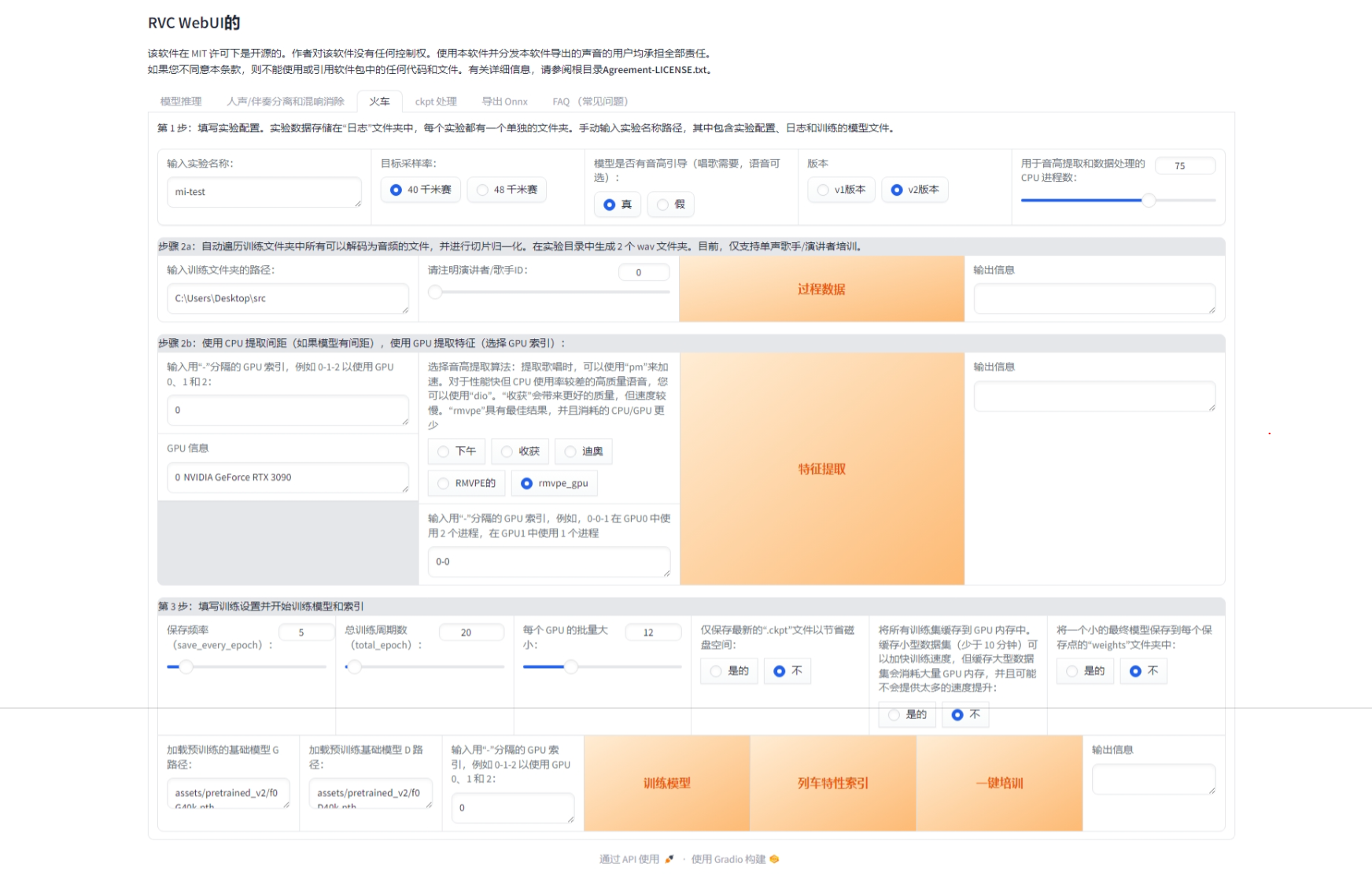本文主要是介绍LeetCode——ZigZag Conversion,希望对大家解决编程问题提供一定的参考价值,需要的开发者们随着小编来一起学习吧!
The string “PAYPALISHIRING” is written in a zigzag pattern on a given number of rows like this: (you may want to display this pattern in a fixed font for better legibility)
P A H N
A P L S I I G
Y I R
And then read line by line: “PAHNAPLSIIGYIR”
Write the code that will take a string and make this conversion given a number of rows:
string convert(string s, int numRows);
- Example 1:
Input: s = “PAYPALISHIRING”, numRows = 3
Output: “PAHNAPLSIIGYIR” - Example 2:
Input: s = “PAYPALISHIRING”, numRows = 4
Output: “PINALSIGYAHRPI”
Explanation:
P I N
A L S I G
Y A H R
P I
题目意思是将字符按Z字型排列 即将0123456789排成
n=3
0 4 8
1 3 5 7 9
2 6
输出0481357926
n=4
0 6
1 5 7
2 4 8
3 9
输出0615724839
相邻两列中多了n-2个数字,因此每一行中的每个数字相邻2n-2,即当n=4时,0和6之间相差24-2.除第一行和最后一行外中间都有数字,中间数字的位置与它前一个数字相差2n-2-2i,i为行数(行数从零开始算)即n=4时,1和5之间相差24-2-21=4。知道它们的位置关系后便可以按顺序添加字符到新字符串中
public String convert(String s, int numRows) {if(numRows<=1)return s;StringBuffer res=new StringBuffer();int size=2*numRows-2;for(int i=0;i<numRows;i++){for(int j=i;j<s.length();j+=size){res.append(s.charAt(j));int tmp=j+size-2*i;if(i!=0&&i!=numRows-1&&tmp<s.length())res.append(s.charAt(tmp));}}return res.toString();}
Runtime: 19 ms, faster than 98.79% of Java online submissions for ZigZag Conversion.
Memory Usage: 39.5 MB, less than 82.45% of Java online submissions for ZigZag Conversion.
这篇关于LeetCode——ZigZag Conversion的文章就介绍到这儿,希望我们推荐的文章对编程师们有所帮助!






